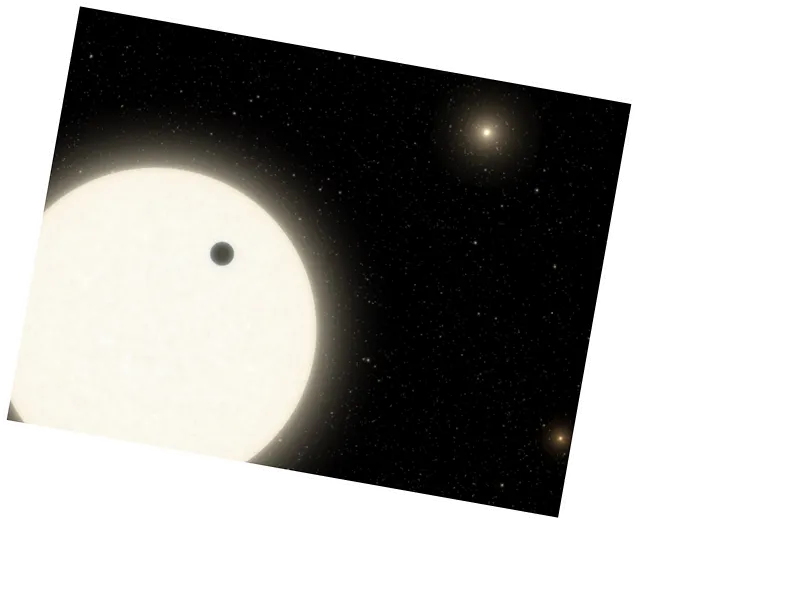The Fascinating Discovery of Vega's Debris Disk
A team of astronomers from the University of Arizona has made significant strides in understanding the star Vega, known in Arabic as "Al-Nasr," through groundbreaking observations made with the Hubble and James Webb telescopes. Vega, located approximately 25 light-years away from Earth, is the fifth brightest star in the night sky and is a subject of intrigue due to its unique characteristics.
The astronomers focused on the debris disk surrounding Vega, which spans roughly 150 billion kilometers in diameter. These disks are remnants from the nebula clouds from which stars are formed. Vega, estimated to be around 450 million years old, is still considered a young star in astronomical terms. The observations revealed that the disk surrounding Vega is remarkably smooth, a phenomenon described as "ridiculously" smooth by NASA scientists. This smoothness is unusual compared to other stars, suggesting that the distribution of dust is multilayered, influenced by the star's intense light that affects smaller dust grains more than larger ones.
Interestingly, a gap has been identified in the disk at about 60 astronomical units from Vega, an area where scientists expected to find more volatility. This absence of expected activity has left researchers puzzled, as they anticipated some degree of dynamism in such a young star's debris disk. For comparative analysis, scientists are also studying the nearby star Fom el-Hoot, which shares similar age and temperature characteristics with Vega but possesses a distinctly different disk structure, featuring belts of debris and orbiting planets.
Cultural Significance of Vega
In addition to its scientific significance, Vega holds a prominent place in Arab astronomy and heritage. The name "Vega" is derived from the Arabic term "Al-Nasr," which means "the eagle." Historically, the Arabs associated Vega with the imagery of an eagle folding its wings, symbolizing a predatory stance as it prepares to pounce. This cultural narrative reflects how ancient civilizations linked their natural environment with celestial bodies, creating a tapestry of stories that included various animals and their behaviors, such as eagles, camels, and ostriches.
Vega's brightness, which is about 40 times that of the Sun, contributes to its prominence in the night sky. If Vega were our primary star, daylight would be significantly brighter, transforming our daily experience of light and shadow. The ongoing research into Vega not only enhances our understanding of stellar formation and debris disks but also reconnects modern science with the rich cultural narratives of the past.





